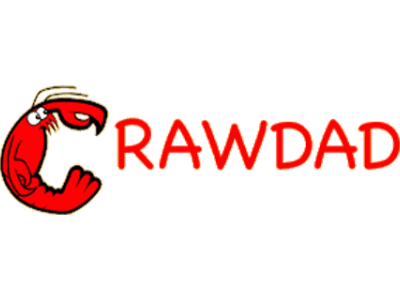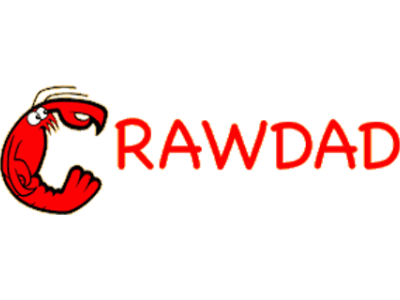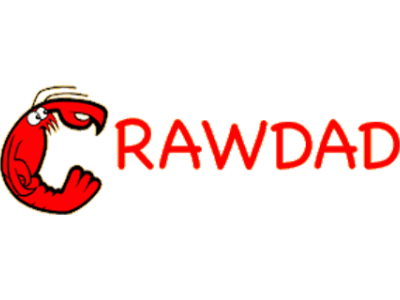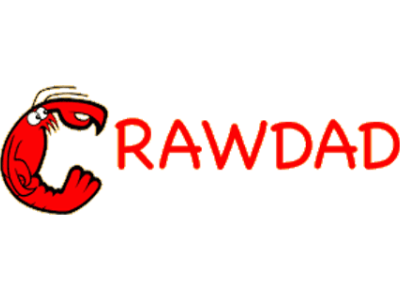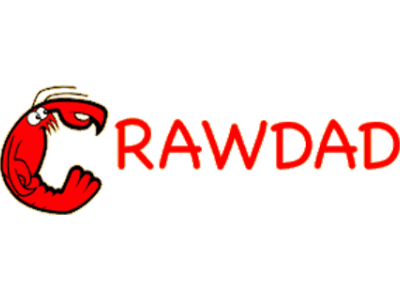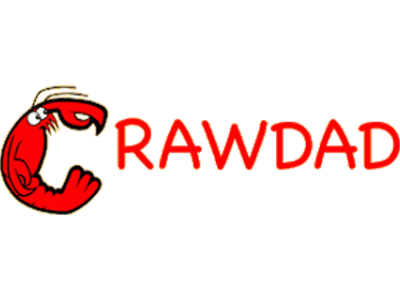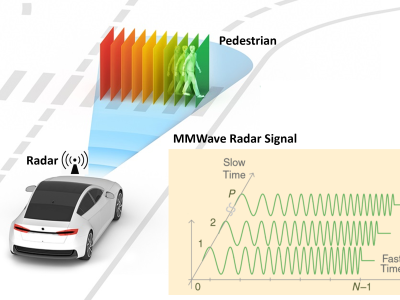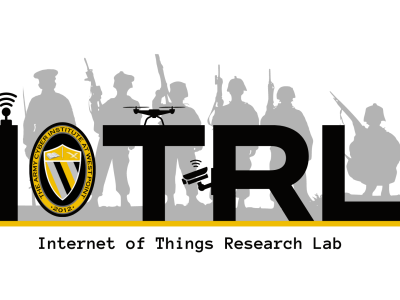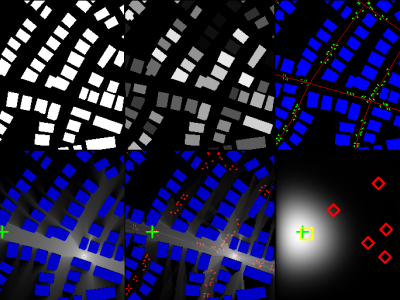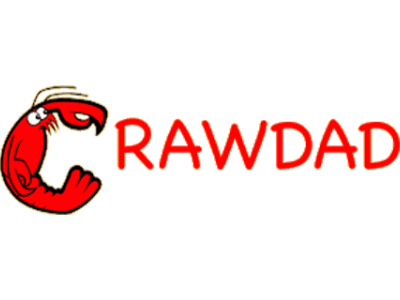CRAWDAD wisc/airshark
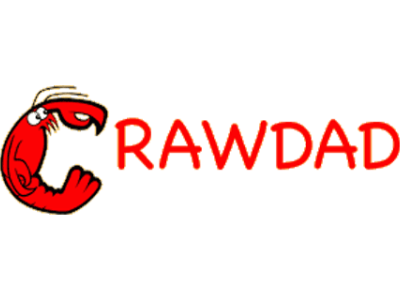
- Citation Author(s):
-
Shravan Rayanchu (University of Wisconsin-Madison)Ashish Patro (University of Wisconsin-Madison)Suman Banerjee (University of Wisconsin-Madison)
- Submitted by:
- CRAWDAD Team
- Last updated:
- DOI:
- 10.15783/C75307
 99 views
99 views
- Categories:
Abstract
Dataset of RF device usage measurements collected using a signal analyzer for use by Airshark.
This is a dataset of RF device usage measurements collected at University of Wisconsin-Madison for demonstration of functionality of Airshark.
date/time of measurement start: 2011-04-15
date/time of measurement end: 2011-05-06
collection environment: We collected the RF device usage measurements using a signal analyzer at 21 locations. We broadly categorize these locations into three categories: (i) cafes (L1-L7): these included coffee shops, malls, book-stores, (ii) enterprises (L8-L14): offices, university departments, libraries, and (iii) homes (L15-L21): these included apartments and independent houses.
network configuration: We use AirMaestro RF signal analyzer to determine the ground truth about the prevalence of RF devices.
data collection methodology: We collected the RF device usage measurements using the signal analyzer at 21 locations for a total of 640 hours. At some locations, we could collect data for 24 hours (e.g., enterprises, homes), but for others we could collect measurements only during the day times for a few hours (e.g., coffee shops, malls).
limitation: Before using AirMaestro to understand the ground truth about the prevalence of non-WiFi devices, we benchmarked its performance in terms of (i) device detection accuracy and (ii) false positives. The few cases where AirMaestro failed to detect the devices occurred when the devices were operating at very low signal strengths (less than -90 dBm).
Tracesets
wisc/airshark/rf
Traceset of RF device usage measurements collected using a signal analyzer for use by Airshark at University of Wisconsin-Madison.
- files: IMC2011Dataset.tgz
- description: This is a traceset of RF device usage measurements collected at University of Wisconsin-Madison for demonstration of functionality of Airshark.
- measurement purpose: Usage Characterization
- methodology: We use AirMaestro RF signal analyzer to determine the ground truth about the prevalence of RF devices. This device uses a specialized hardware (BSP2500RF signal analyzer IC), which generates spectral samples (FFTs) at a very high resolution (every 6 microseconds, with a resolution bandwidth of 156 kHz) and performs signal processing to detect and classify RF interferers accurately.
wisc/airshark/rf Trace
- 2011: This is a trace of RF device usage measurements collected in 2011 at University of Wisconsin-Madison for demonstration of functionality of Airshark.
- configuration: The AirMaestro Embedded Signal Analyzer scans all IEEE 802.11 channels in the 2.4 GHz and 5 GHz Wi-Fi frequency bands. It generates spectral samples every 6 microseconds, with a resolution bandwidth of 156 kHz.
- format: Measurement data corresponding to each location is in a separate file (21 files in total), and are labeled as <environment>_Location<index>.csv : here <environment> is Cafe/Enterprise/Home and <index> goes from 1 to 21. The data is the form of comma separated values. Each row consists of 29 fields. Below, we explain the fields and their description. Field 1: RecordId A unique value that identifies this interference event. It corresponds to a row id. Field 2: Ignore Field 3: Interferer Type Represents a class of non-WiFi device (e.g., Bluetooth, Analog Cordless Phone etc.) Field 4: Interferer Start Time The time the interference started. The time is the number of seconds since the UNIX time epoch, i.e. seconds since midnight Jan 1, 1970 UTC. We use the standard C/C++ library functions time() to get the value and strftime() to convert the value into human readable time and date. Please refer to time.h for function prototypes. Field 5: Interferer Stop Time The time the interference stopped. The time is number of seconds since the Unix time epoch. Field 6: Ignore Field 7: Ignore Field 8: Ignore Field 9: Min RSSI The minimum Receive Signal Strength Indicator (RSSI) value sampled for the interference event. Field 10: Max RSSI The maximum RSSI value sampled for the interference event. Field 11: Avg RSSI The average of all RSSI samples taken for the interference event. Field 12: Center frequency Center frequency of the interference event. The frequency value is in units of KHz. Field 13: Number of Impacted WiFi channels DThe number of WiFi channels impacted by the interference from this device. Fields 14 - 29: Impacted channels Sixteen fields that list the WiFi channel numbers impacted by the interference. Field 13 indicates how many of the fields are actually have channel values. For example, when Field 13=4, then Fields 14, 15, 16, and 17 contain the channel values impacted by this device. Unused fields are set to zero.
Instructions:
The files in this directory are a CRAWDAD dataset hosted by IEEE-Dataport.
About CRAWDAD: the Community Resource for Archiving Wireless Data At Dartmouth is a data resource for the research community interested in wireless networks and mobile computing.
CRAWDAD was founded at Dartmouth College in 2004, led by Tristan Henderson, David Kotz, and Chris McDonald. CRAWDAD datasets are hosted by IEEE-Dataport as of November 2022.
Note: Please use the Data in an ethical and responsible way with the aim of doing no harm to any person or entity for the benefit of society at large. Please respect the privacy of any human subjects whose wireless-network activity is captured by the Data and comply with all laws applicable, including without limitation such applicable laws pertaining to the protection of personal information, security of data, and data breaches. Please do not apply, adapt or develop algorithms for the extraction of the true identity of users and other information of a personal nature, which might constitute personally identifiable information or protected health information under any such applicable laws. Do not publish or otherwise disclose to any other person or entity any information that constitutes personally identifiable information or protected health information under any such applicable laws derived from the Data through manual or automated techniques.
Please acknowledge the source of the Data in any publications or presentations reporting using the specific citation information for each set of Data.
Citation:
Shravan Rayanchu, Ashish Patro, Suman Banerjee, wisc/airshark, https://doi.org/10.15783/C75307 , Date: 20111214


